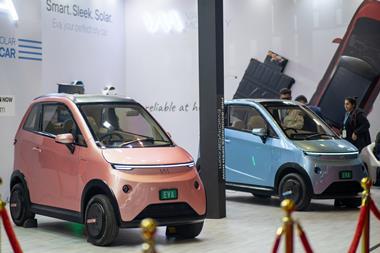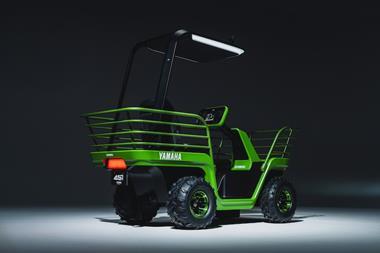Students at Turin's Istituto Europeo di Design (IED) presented their proposals in July for a Honda-sponsored 2002-2003 Transportation Design thesis project entitled "A dream vehicle for the city."
From the project brief: "A hallmark of contemporary man is his technological awareness: he is well-informed and uses technological instruments every day – cell phones, computers, means of transportation. Technology is at man’s service and man is once again the focal point of research: for this project a user has been selected and all the possible future scenarios in which a vehicle may be appreciated by him have been examined, both from a functional as well as a stylistic point of view.
Compatible with the problems of space posed by urban environments, yet highly personalised, the vehicle has been designed and conceived according to the specific requirements of the user: thus ultimate creative freedom, together with extreme sensibility towards the user’s needs, essentially the only true limitation to the design process. The dream vehicle must be able to represent its user, not as a status symbol, but through its practical nature and its style.
The project has led to the design of a wide variety of vehicles ranging from a scooter, to two-wheeled machines all the way up to small size pick up trucks, all of them devised following the stylistic lines promoted by the project sponsor, Honda Europe.
Some of the project proposals, as described by the students:
U-Space: Raffaele Vergano, Andreas Wachtler
Honda “U-SPACE” has been devised to be used primarily by career women but also by mothers, and consequently for family use. The vehicle’s concept is to try and make life in the city easier and thus make weaving through traffic as well as finding parking easy. For this reason the vehicle when parked, uses all the interior space for seats and luggage, thus reducing the external space occupied. With this system the parked car will have a length of 1.8 mt, while in travelling conditions its length is 2.3 mt. It has also been thought out to ensure passenger safety and particularly for children, thanks to the front exit that means that, once the automobile is parked, at right angles to the curb, one may exit directly onto it.
Honda Streetsurf: Matteo Piguzzi, Juan Pablo Umana
"You will be 15 years old – and have a vast city to discover. You will want everything, your roller skates, your skate board, your surfing holidays, your freedom. And you will have dreams. You will wish to flow over the cities’ tarmac waves: no longer forced to sit on a scooter, you will wish to feel your body as an extension of your will power.
You will dream of having your feet on a surf board, sure footed yet safe: in front of you there is a large wheel that rends the air, with two small ones behind to give you a feeling of safety. An electric motor will provide you with clean energy and make you speed along thanks to your lightness and you’re in traffic already; completely under control, enveloped and firmly gripping your handlebars: now with a hand you accelerate and turn the handlebar in the right direction: both the front wheel as well the back one turn and as you take the corner you are stable and unmatchable."
Progetto S-Cup: Cherchi Piertoni, Luca Romeo Vincenzo
S- Cup sets out to combine the advantages provided by cars (protection from all weather conditions, more comfortable seating) and scooters (quick through traffic, easy to park), within a single vehicle. This is achieved by coupling a closed driving compartment to a unique wheel design; the mechanics of the vehicle envisage a rear fork equipped with a compass mechanism that, as the speed increases (from 5 kmh upwards) tends to swing two “half wheels” together to form a single tread, thus transforming the S-Cup from a tricycle (when stationary or parked) into an actual scooter, while still retaining the comfort features of a car and the ability to move through traffic with great ease.
Honda MP1: Paolo Allasia, Marco Ferrario
MP1: an answer to the problems that beset our cities today, such as pollution, traffic and parking space. By analysing the problems areas of vehicles used today by users in the age range 18-34, we have estimated what should be most useful in the future: a variable size electric vehicle. It starts out with four wheels for greater stability and safety and a permanent cover in order that it may be used in all weather conditions. Its width is greater than that of a two wheeled vehicle but its length is not. MP1 has been designed with a pneumatic system that allows this specification to be changed for parking purposes from 2.2m to 1.65m. Thanks to this device it may be parked perpendicularly to the flow of traffic and as soon as the user completes this manoeuvre the space is actually saved and returned to the city. The electric (front) wheel drive means that the vehicle may circulate in restricted areas and reduces both environmental and acoustic pollution.
P.A.T. (Personal Alternative Transport): Mario Cisneros
The project was born out of the need for personal transportation in cities where space is at a premium and the struggle for the space fierce, together with the consideration that vehicles for urban transportation must be able to negotiate traffic with ease. A personal transportation alternative was thus conceived with extremely compact and sleek dimensions and one great advantage: a multifunctional loading space. The concept is based on the scooter, (personal city transportation vehicle) and has led to the next generation of this form of transportation where the loading space is no longer wasted, but exploited, (the weak spot of all motorbikes), safety and robustness has been included in the design while the use of aluminium has meant the creation of a simple yet lightweight frame.
Around: Sergio Corradino, Alessandro Cozzetto
Our vehicle has been devised as a way of addressing the requirements of urban mobility, the lack of parking, the concentration of polluting elements, and the stress connected with problematic mobility. AROUND is a two seat vehicle, electrically powered; its particular feature being its fixed front wheels with the steering mechanism applied to the back wheels. These are in turn connected by a vertical axle to a cylinder made of semitransparent material, that functions as luggage holder. The rotation of this axis, allows access to this space even from within the driver’s cockpit. This particular shape, together with its very reduced dimensions ensure extreme manoeuvrability in traffic. Furthermore the positioning of the mechanics beneath the vehicle’s flatbed gives it additional balance and the raised seating position means that the cockpit is readily accessible, a fact that in conjunction with the vast window space allows for excellent visibility.
Type 'F': Joel Alexandersson - Virginia Cavaglià
Designed to satisfy the requirements of young people, torn between their city careers and their desire for sport and adventure. A vehicle that embodies the Honda sporting spirit. Small and nimble in town, fast and sprightly round corners, the vehicle provides lively acceleration and excellent manoevrability, prompt and quick off the mark. The car that gets you to work in a fun way will be noticed in the evening for its style and is always ready to load up things connected with your spare time, with movement and the search for adventure. The style reflects the users’ personality, young and dynamic, someone that intends to get the most out of every situation, but still wears the expression of a “spoilt” child.
The Istituto Europeo di Design, founded almost 35 years ago, is one of the leading Italian private institutes for the training of professionals in the fields of Design, Fashion and Visual Art Disciplines. Present today in Turin, Milan, Rome, Madrid and Barcelona, each seat has its own personality, strongly influenced by their geographical location and surrounding environment.
Many industry partners support the course, taking the role of the real customers of the projects: the students are involved in research pathways in order to develop project design competencies and autonomy in simulated professional practice.
IED Turin, taking advantage of all the synergies provided by a local environment strongly characterised in the field of transportation design, focuses its activity on its 3-year Course in Transportation Design, among its other 8 Basic Study Programs: Fashion&Textile Design, Interior Design, Industrial Design, Graphics, Advertising, Photography, Illustration, Digital and Virtual Design.
Scholarships are available for the design courses. To participate in a competition leading to an interview opportunity for the scholarship, download the brochures below. (PDF format)
Istituto Europeo di Design website: www.ied.it
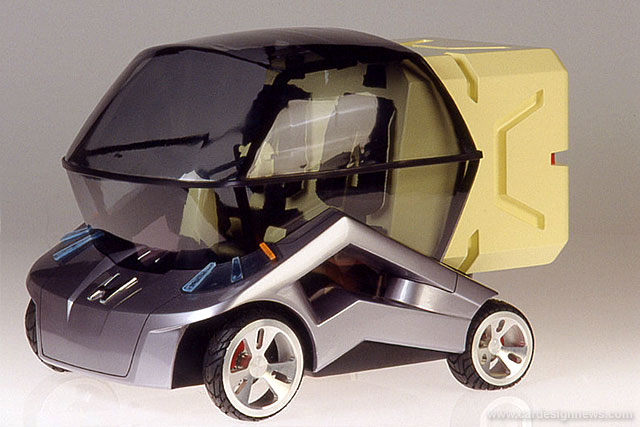
U-Space: Raffaele Vergano, Andreas Wachtler

Honda Streetsurf: Matteo Piguzzi, Juan Pablo Umana
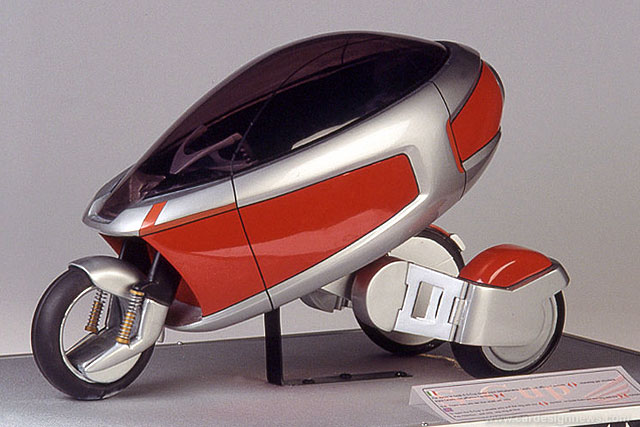
Progetto S-Cup: Cherchi Piertoni, Luca Romeo Vincenzo
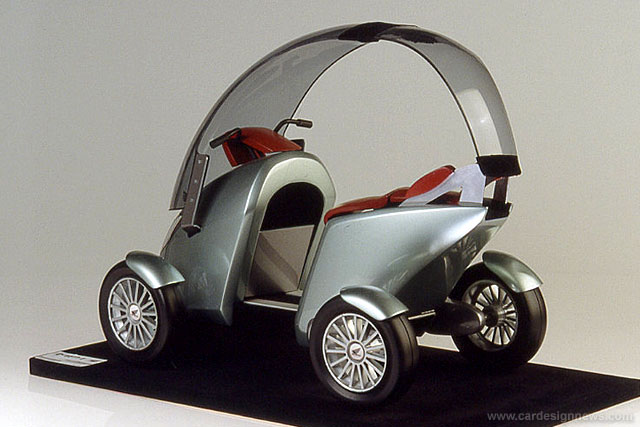
Honda MP1: Paolo Allasia, Marco Ferrario

P.A.T. (Personal Alternative Transport): Mario Cisneros
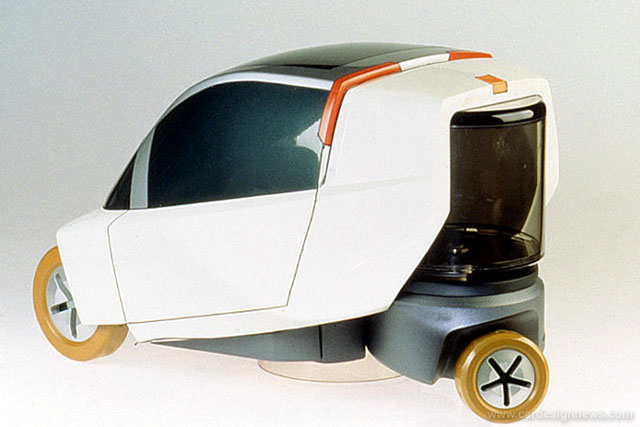
Around: Sergio Corradino, Alessandro Cozzetto
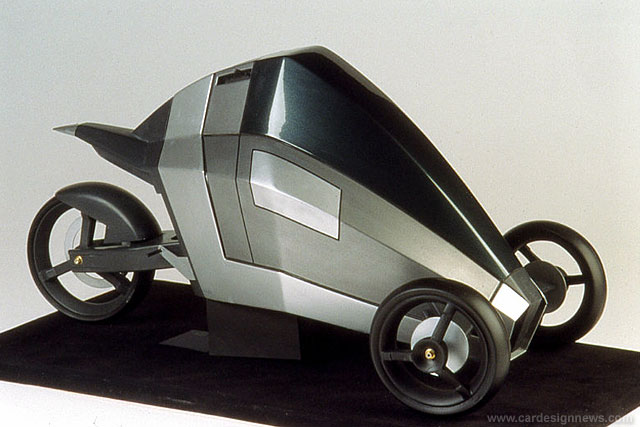
Alebrije: Gerardo Alonso, Efthymios Sidiropoulos

Type 'F': Joel Alexandersson, Virginia Cavaglià
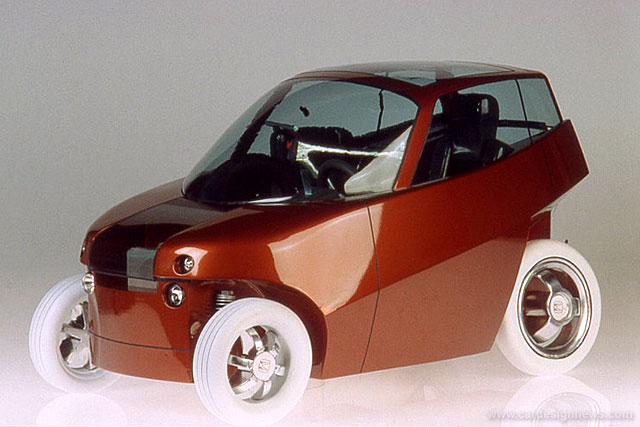
Honda Backpacker: Anselmo Panunzio, Timothy Shaw
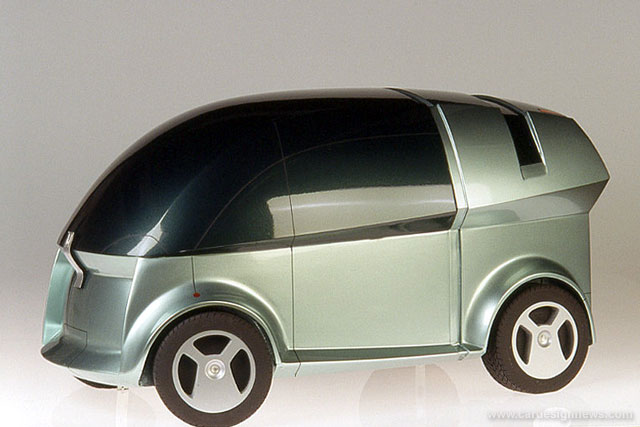
Progetto staff: Joel Avisror, Luigi Giampaolo

Honda Cocoon: Jun Ichimura, Sasan Khanide
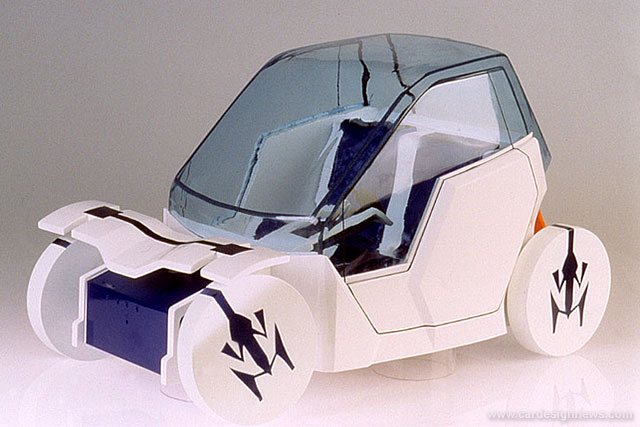
Freak25: Alexander Nemtsov, Savvas Hajikyriacou
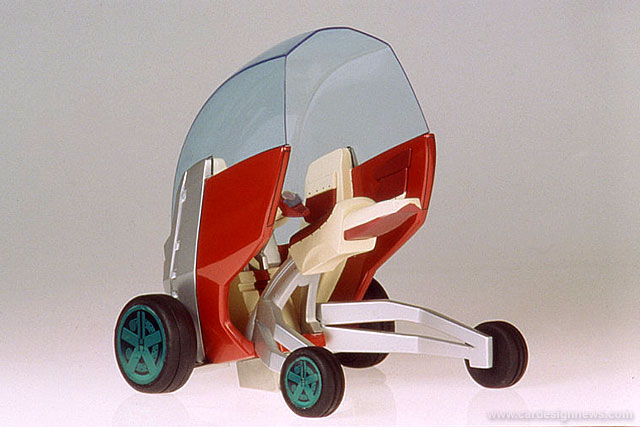
Piccola X: Edwin Osorio, Lucilla Castino
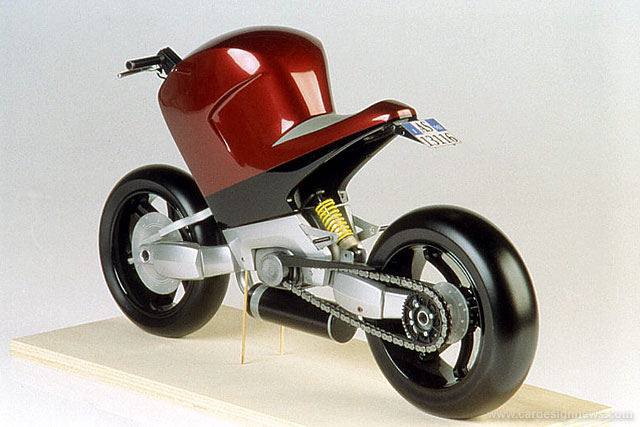
Honda STR: Stefano Paties Montagner



































